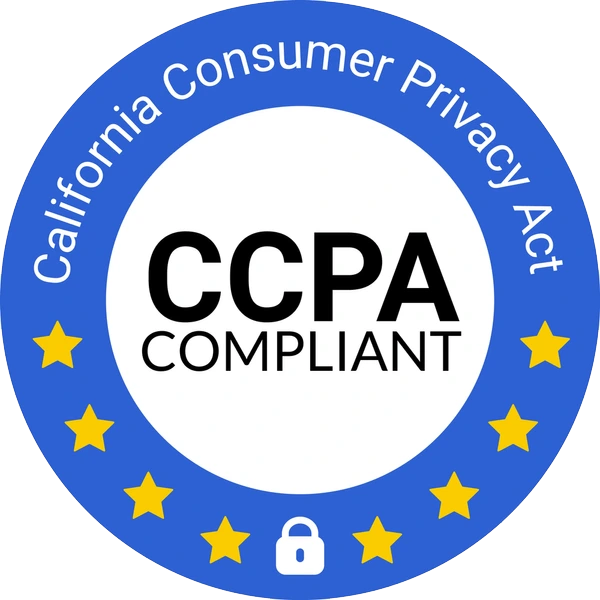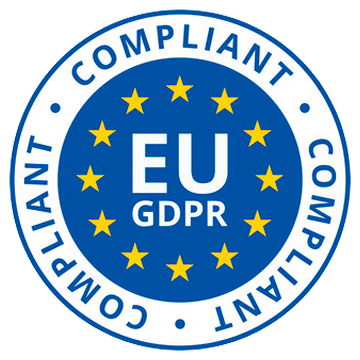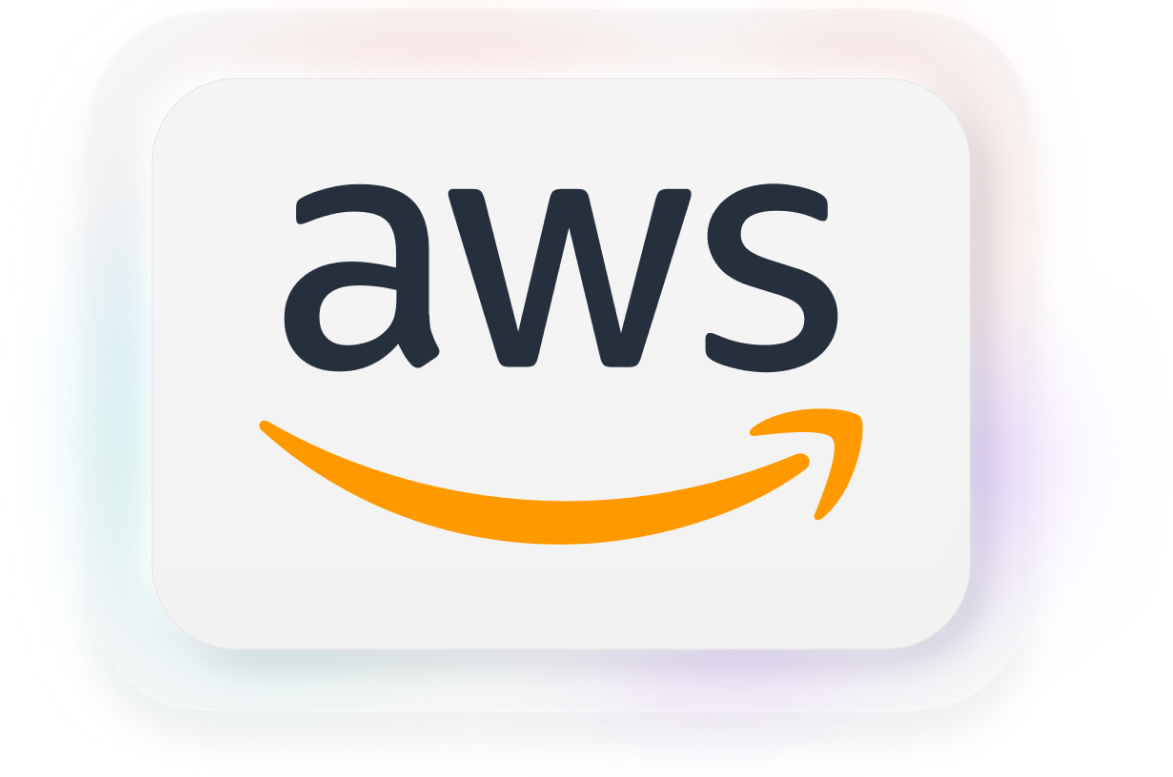The goal for every business is to see its sales team successfully generate revenue while making sure the overall customer experience remains satisfactory.
How well is your company using sales enablement to help your sales team succeed?
You should analyze whether your sales enablement strategy requires improvements to equip each sales rep with the ability to perform at a high level.
You can do this by making sure you and the rest of your team help them get leads, qualify leads, and close deals.
In this article, you’ll learn what sales enablement entails, how it helps companies generate more revenue through better performing reps, strategies to build qualified prospect lists, how to use sales content optimization, and several tools you can use to make this process easier on your organization.
What is Sales Enablement?
Sales enablement is a process by which your company prepares and equips sales teams with all of the necessary resources they need to succeed.
The process can include anything from having the right email templates on hand, providing access to product information to help with answering customer questions, or supplying reps with ready-made presentations and demos tailored for specific audiences.
It’s all designed to help equip each rep with everything necessary to increase revenue by closing deals with your most promising leads.
Why is Sales Enablement Important?
Without the right sales enablement in place, sales reps tend to fall back on old habits. If those habits aren’t conducive to working effectively with prospective clients, you can see a sudden fall in sales volume.
In addition to this, without proper training and guidance from management, reps are more likely to fail when it comes to negotiating, closing deals, and properly handling objections from prospects.
For your sales team to remain successful in today’s competitive marketplace, you need a strong strategy that ensures each rep is ready with the tools they’ll need before setting foot inside their first meeting or call.
Benefits of Sales Enablement
Sales Enablement is important for several reasons.
It helps reps feel confident they have all the resources necessary to help them succeed. In turn, this can lead to less stress and more time spent closing deals with prospects truly interested in your products or services.
Sales enablement helps you refine your sales process. The tools and resources provided by the team providing enablements can help reps improve their workflows.
By having the right resources available to reps, they can work more efficiently. Everything is at their fingertips, which means there’s no need for extra research. You won’t see sales reps wasting time sitting in front of a computer screen trying to find assets to help close deals.
Sales enablement helps increase company revenue. When reps have the tools they need to succeed, you’re more likely to see an increase in closed deals and revenue.
Who Owns Sales Enablement?
There are several people responsible for putting together an effective sales enablement strategy. However, the most common owners are as follows.
The marketing team often spearheads sales enablement efforts. They’re responsible for putting together content and tools that address your target audience’s pain points to help improve customer satisfaction rates.
Sales management is typically in charge of ensuring reps have access to all the necessary resources before taking sales calls. For example, this might entail building out presentations and demos themselves or finding the right partners to help.
Enablement teams work together with sales management, marketing, customer support reps, and product managers to ensure everyone has access to all necessary tools before heading into meetings with prospects.
For example, product development can help with the sales enablement process by providing sales reps with product specifications and detailed information about each feature.
Customer support reps provide a critical role by educating sales reps about common customer questions and objections. They’re also trained to help reps deal with complaints, concerns, or other issues customers have that could lead to a negative buying experience down the road.
What is a Sales Enablement Manager?
Although all the above departments help, the sales enablement manager oversees the entire sales enablement process.
A sales enablement manager’s role includes partnering with other departments to help create and distribute educational content and tools that sales reps ultimately use while selling on the phones.
Your manager should organize and distribute the following important materials to sales reps.
- Presentations and demonstrations
- Product information and specifications
- Relevant industry content
- Common complaints made by current customers after the sale
The sales enablement manager must make sure this type of information is at the sales team’s fingertips when they’re in the trenches selling to prospects. Doing so can avoid constant back-and-forth communication between departments or unnecessary research before talking with leads.
Sales Enablement Team Roles
Let’s further define the several roles involved in creating a successful sales enablement strategy. The primary tasks performed by these teams include the following.
Content creation – This includes writing out messaging, content pieces, case studies, blog posts, and more. Content creation is an essential part of the process since it’s what reps will use to educate prospects and close deals.
Tools management – The sales team must fully understand the tools your company chooses to work with. Make sure each sales rep works with other departments such as customer support, product management, or marketing teams so they feel comfortable when pitching to new customers.
Marketing – Sales enablement is a great opportunity for marketing teams to get involved since they’re constantly creating content that addresses prospects’ pain points.
Customer support – Keep your customer success teams involved with the process. Your support team intimately understands the challenges customers face after the initial purchase. Help the customer support and sales departments collaborate so sales reps adequately address those concerns during calls.
Customer support reps can also help sales teams build out their presentations and demonstrations in real-time, which is beneficial when prospects ask for more information.
Sales management – Sales managers should play a key role in the process. They’re one of the main contacts between marketing/content creation groups and sales enablement teams. They need to know what tools their reps are using and what content is working for them out in the field.
The sales enablement manager should also make sure they’re on top of how these tools and resources impact revenue generation and customer retention (or churn).
Putting Sales Enablement to Work (Best Practices)
Now that you understand the different roles sales enablement teams play, here are several best practices to ensure your company’s lead management strategy is effective.
Tailor the Sales Pitch to the Buyer’s Journey
One of the most important things to understand about your buyer’s journey is that different types of leads sit in each stage for a reason.
For instance, when you connect with someone via email or social media, they may have never heard of your company before. It’s unlikely that they’re aware of how your product could solve their pain points. The goal here is to educate them about your product and gain their interest.
A lead that fills out a form on your website or submits an online demo request, however, has already expressed some level of interest in what you have to offer. Now it’s time for sales reps to direct these people down the funnel by qualifying them further over the phone.
Connect Sales and Marketing Together
Many companies struggle to create a cohesive sales enablement strategy because their marketing teams remain siloed from the rest of the business.
It’s this lack of communication that can cause problems with sales conversions. The marketing team and sales team together needs to understand where leads exist in the funnel, what messaging works best with prospects, and how sales reps can use their messaging to better close deals.
Simplify Communication Between the Sales and Marketing Teams
When your sales and marketing teams aren’t collaborating well, it’s typically because you haven’t made each team feel like it’s easy to communicate back and forth.
Create a simple way for the two teams to remain in communication. If everyone works in the same office space, this might include a weekly meeting to compare notes. Use a tool like Basecamp if you’re working with remote teams. The sales and marketing teams can set up a Campfire to easily pass notes throughout each day.
Maintain a Focus on Results
If you’re not seeing the desired results from your sales enablement program, it’s time for a change. Don’t be afraid to pivot your strategy depending on the feedback you’re getting from your team.
Create Content for Each Stage of the Sales Funnel
The best way to handle content creation is by creating assets tailored to specific stages in the funnel. For instance, someone early in the buying cycle will have different needs than someone closer to signing a contract.
In the same way, working professionals may need completely different messaging from business owners. Each group should see content that speaks directly to them and their unique buying process.
Again, marketing must convey to the sales team what content goes up on the website and out in marketing emails. Otherwise, you’ll blindside your sales reps when leads ask about promotions, demo opportunities, or other special deals they read about in your marketing team’s latest email push.
Continuously Train Your Sales Reps
The best way to ensure your sales reps are effective is by training them on different techniques they can use when communicating with prospects.
For example, provide a basic framework for how to qualify leads based on where they are in the buying cycle. Doing so will give sales reps more confidence during their conversations with buyers.
Don’t assume each person on your sales team fully understands the processes you’re using as part of the sales enablement process. Most sales reps need continuous reinforcement until it all becomes second nature to them.
You shouldn’t be afraid to go back to basics at least once per month. Go over simple concepts, such as your company’s definition of sales or ways to transition from educating to closing a prospect.
Analyzing and Reporting Sales Enablement Results
You must streamline data as it comes in and keep sales reps from becoming overburdened with information. Here are ways to analyze and report data successfully.
- Use a lead scoring system
- Review the entire sales process
- Employ standardized sales reports
Use a Lead Scoring System
Providing sales reps with a system for qualifying leads quickly and efficiently is imperative when trying to create more effective sales call results.
Make good use of your customer relationship management software by allowing it to sift best-fit prospects to the top based on your lead scoring system. Your sales team will automatically close more deals if they can avoid talking to tire kickers or people who don’t have all the problems your company solves.
Furthermore, provide sales reps with additional lead scoring tools to use on their sales calls.
Review the Entire Sales Process
If you want to create a more effective sales enablement program, it’s important to take a look at whether your sales reps perform optimally.
- Are they asking the right questions?
- Are their follow-up techniques working well enough?
- What does each step in the process of qualifying leads entail when your team is following up with them?
You need to employ some type of sales call recording software so you can get a better picture of what your reps are doing well and where they could use additional training.
Another part of the sales process to continuously review is the call booking system. For instance, are you correctly preventing anyone from getting booked on the sales team’s calendar after your lead scoring system reveals them as less than a best-fit prospect?
Employ Standardized Sales Reports
Sales enablement must include standardized sales reports that help the entire team track how well each person performs.
For example, you might want to track the number of calls booked to the number of sales closed. Or, you might consider logging metrics like how many times each rep shared a specific piece of content or a demo against the number of sales closed directly after doing so.
Figure out and track the all data points that most effectively tell the story about how well the sales process is working for your company.
Sales Enablement Tools
You should research and then choose the sales enablement technology that best helps your company perform sales enablement optimally.
What Are Sales Enablement Tools?
Sales enablement tools combine content analytics, CRM, business intelligence, sales analytics, automation, customer experience, and gamification to help increase the sales team’s productivity and collaboration.
While dozens of sales enablement software platforms exist, here are several of the top options to investigate for your company.
Membrain is a sales enablement platform that helps you create, distribute, and optimize content for your sales team. It also provides real-time reporting about which members of the sales team need additional coaching. It will integrate with Zendesk, Hubspot, and Salesforce.
Key features of Membrain include:
- Inbound prospecting analytics
- Lead scoring and prioritization
- Automated email campaign management
Membrain also lets your team share knowledge and resources, see sales team activity in real-time, engage with leads automatically through drip campaigns, record video calls for coaching purposes, and use automation to distribute content across all email or social media accounts.
One sales enablement app that can help your company become a sales enablement powerhouse is Showell.
In just a few clicks, you can create personalized video experiences for your sales reps to use as they’re qualifying leads. The platform’s interactive intelligence engine then moderates those videos in real-time based on the prospect’s response history and buying behavior data.
Showell features include:
- Real-time engagement management
- Customer journey analytics
- Offline presenting
- Slideshow capability
LevelEleven is an all-inclusive sales enablement platform that integrates with the CRM system your company already uses. It provides real-time reporting and coaching to help you identify top performers in both current customers and new prospects.
Its gamification option lets you create contests for the team. Get your organization competing with one another to make it more fun when ranking sales leaders or even simply performing data entry.
Other features of LevelEleven include:
- Content management, optimization, distribution, and tracking
- Sales communication timeline
- Customized scorecards
- Role-based workflow automation
HubSpot Sales Hub is another sales enablement platform. It helps you create and optimize email, calendar, contacts, social media posts, landing pages, forms, events calendars, and meeting room displays.
Sales Hub does it all for your company so everyone can focus on what they do best: selling to customers.
Other features of HubSpot Sales Hub include:
- Multiple team roles
- Automated workflows and email templates
- Multi-channel campaign manager
- Social media management, monitoring, and publishing tools
It also comes with what it calls conversation intelligence. Powered by AI, this feature lets you gather call details to further understand how well each sales rep performs. Additionally, the CRM automatically logs in each call’s recording file.
Using Highspot, you can create personalized, dynamic content for your reps. Then, track the effectiveness of each piece using real-time data analytics to optimize future messaging.
Highspot also comes with Sales Scorecards. It’s a feature that lets you rank every member of the sales team based on performance metrics. You can use data such as the number of closed deals or customer feedback scores and automatically track it all in the CRM.
Highspot’s key features include:
- Content library
- Automated content creation and distribution
- Personalized search engine optimization (SEO) tracking
- Advanced analytics dashboard for real-time data insights on your team members’ performance, messaging effectiveness, and campaign engagement.
Another benefit to Highspot is its integration with the top CRM platforms on the market. Salesforce, Zendesk, and HubSpot are just a few of them.
With Seismic, you can use artificial intelligence to create personalization models that target the specific areas in which each lead is most interested.
The platform also provides multi-channel marketing automation, allowing you to provide your reps with personalized product information at just the right time in the buyer journey.
Additional features of Seismic include:
- Content creation and publishing
- Automated workflows
- API integrations
- Customer data collection and enrichment
Your team can also use Seismic’s mobile app to prioritize leads and validate their own sales activities.
Showpad is a cloud-based, mobile app designed for salespeople. It’s easy to navigate and use so reps can spend less time researching the competition and more time growing their accounts.
The platform also includes video conferencing features that connect with your company’s native video conferencing software.
Key features of Showpad include:
- Multi-channel contact center
- Real-time lead and deal tracking, including entire customer history
- Lead qualification based on campaign goals
- Sales activity management for reps to prioritize tasks efficiently with a simple task list view or calendar view. They can attach files from Dropbox, Google Drive, Box, and OneDrive.
It also comes with a variety of reporting features so your team can monitor their performance and results in real-time.
Aloware is a cloud-based customer service and sales platform that lets you use your existing CRM to deliver personalized, consistent messages across multiple channels.
Key features of Aloware include:
- Customer service automation
- Advanced analytics dashboard with real-time data insights for each member of the team
- Sales enablement tools like email marketing campaigns, video training courses, and customer service chatbots
In addition to these great features, Aloware includes a variety of customization options. You can use the UI as is or build your own using HTML, CSS, JavaScript, or jQuery (or any other popular framework).
Conclusion
Using a comprehensive sales enablement process is an important aspect of running a profitable company. The first step is analyzing how well your customer service, content creation, product development, marketing, and sales departments currently communicate.
Ask yourself where you need to make improvements so the sales team becomes lean and efficient in its ability to close qualified leads into satisfied customers. Next, use the proper software to track, analyze, and continuously improve the process.
Consider using a secure document sharing tool like Sizle while working to improve your sales process.



